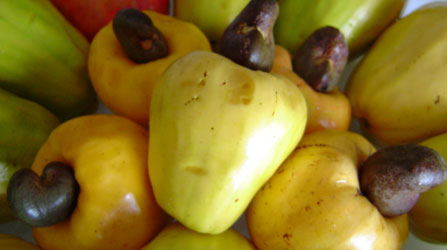

Mushroom cultivation offers a cost effective and an eco-friendly method for efficient disposal of agricultural wastes along with producing proteinaceous food ( Bisaria et al., 1987 Gothwal et al., 2012 Gupta et al., 2013a Marlina et al., 2015). Banik and Nandi (2004) reported improved yield and nutritional content of Volvariella volvacea and Pleurotus sajor-caju mushrooms from rice straw supplemented with residual BGS of poultry litter, cattle dung, municipal solid wastes and jute caddis. Gangulli and Chanakya (1994) evaluated that addition of CD based BGS to paddy straw, in 1:1 ratio, significantly enhanced the yield of Lentinus flabellatus, as compared from 100% paddy straw. Few studies have also been carried out on the use of BGS for mushroom cultivation. Namasivayam and Yamuna (1995) reported the removal of chromium (VI) and various dyes from wastewater using BGS as the adsorbent. (2009) concluded that biogas manure from agricultural wastes can be a valuable source of nutrients for soilless production of vegetables along with efficient means to decrease the building up of harmful substances (nitrates, etc.) in them. (2003) observed that 10% application of BGS from a CD based biogas plant significantly enhanced the number and yield of tomato plants along with decreasing the nematode population in soil. Besides improving the soil and crop characteristics, many authors have reported other valuable applications of BGS. Because of their nutrient content, BGS based farming technologies are becoming an important aspect of biogas dissemination programs which can replace energy intensive chemical fertilizers, improve crop yield as well as soil quality and fertility on a sustainable basis.īGS can be applied directly in liquid or dried forms, as basal and top plant dressings, to enhance crop yield and soil fertility ( Garg et al., 2005 Feng et al., 2011 Stumpe et al., 2012). BGS are often too dilute but contain relatively high percentage of readily available nutrients, growth hormones and enzymes ( Hamelin et al., 2011). After the anaerobic digestion process is complete, a large amount of residual biogas slurry (BGS) is obtained, whose management and disposal is a major problem and needs to be judiciously addressed ( Liu et al., 2009 Hamelin et al., 2011). Besides cow dung (CD), the traditional raw material, different kinds of agricultural products, viz., leaf litter, seed cakes, grasses, straw, husk, aquatic plants, biomass residues, etc., alone or in combination with CD, have also been evaluated for their potential to produce biogas ( Gupta et al., 2011 Chaikitkaew et al., 2015 Chanakya et al., 2015 Cotana et al., 2015). Over the past few years, biogas has become an attractive renewable energy source in many nations across the globe ( Chandra et al., 2011 Gupta et al., 2012 Barik and Murugan, 2015). sajor-caju by resourceful utilization of BGS. The study provided a simple, cost effective approach to improve the yield and nutritional quality of L. FTIR studies showed significant degradation of celluloses (22.2-32.4%), hemicelluloses (14.1-23.1%) and lignin (27.4-39.23%) in the spent, along with an increase in nutrition content. HPLC confirmed the absence of any saponin residues (characteristic toxins of mahua cake) in fruit bodies and mushroom spent.

PCA of amino acids revealed that, PC1 and PC2 represented 74% of total variation in the data set.
Moisture (%), lignin (%), celluloses (%), and C/N ratio were closely correlated in comparison to Fe, N, and saponins. PC1 and PC2 represented 90% of total variation in the observed variables. Principle component analysis (PCA) was performed to see the pattern of correlation within a set of observed variables and how these different variables varied in different treatments. Significant increase ( p ≤ 0.05) in protein content (29.6-38.9%), sugars (29.1-32.3%) and minerals (N, P, K, Fe, Zn) was observed in the fruit bodies. Supplementation with 20% BGS gave a maximum yield of 1155 gkg -1 fruit bodies, furnishing an increase of 95.1% over WS control. Residual biogas slurries (BGS) of detoxified mahua cake and cow dung were used as supplements to enhance the yield and nutritional quality of Lentinus sajor-caju on wheat straw (WS).


 0 kommentar(er)
0 kommentar(er)
